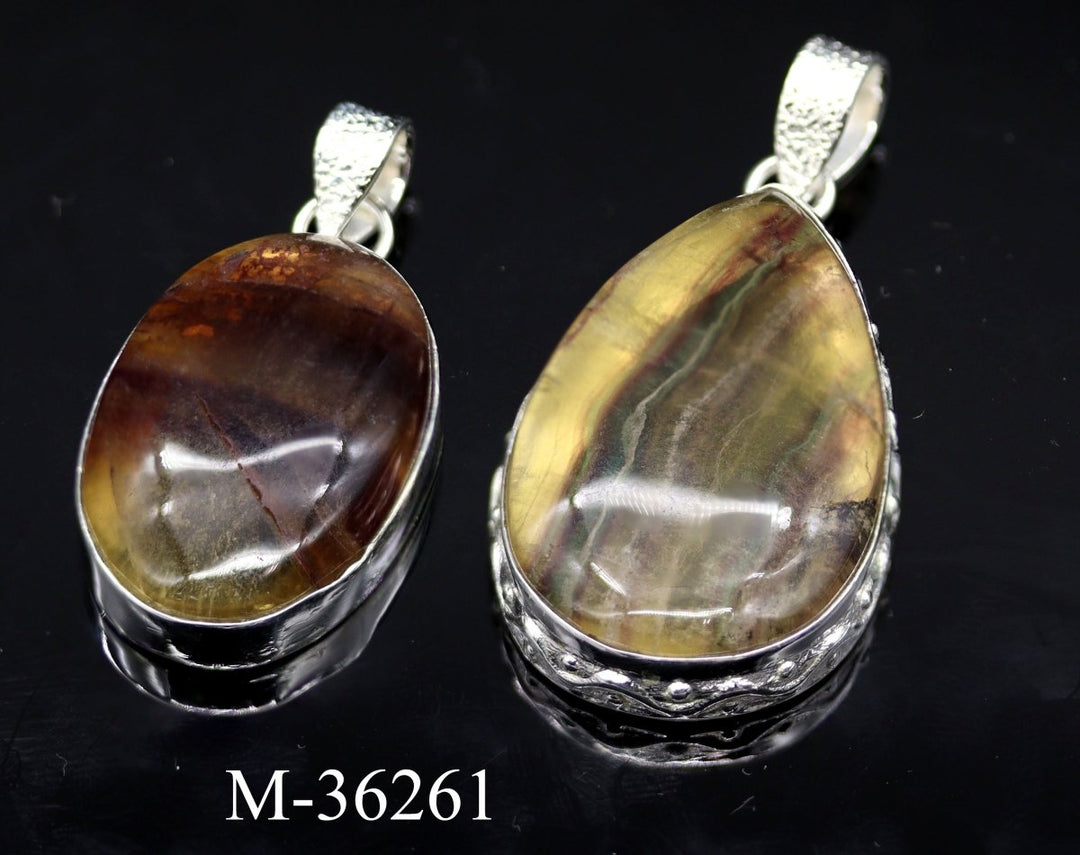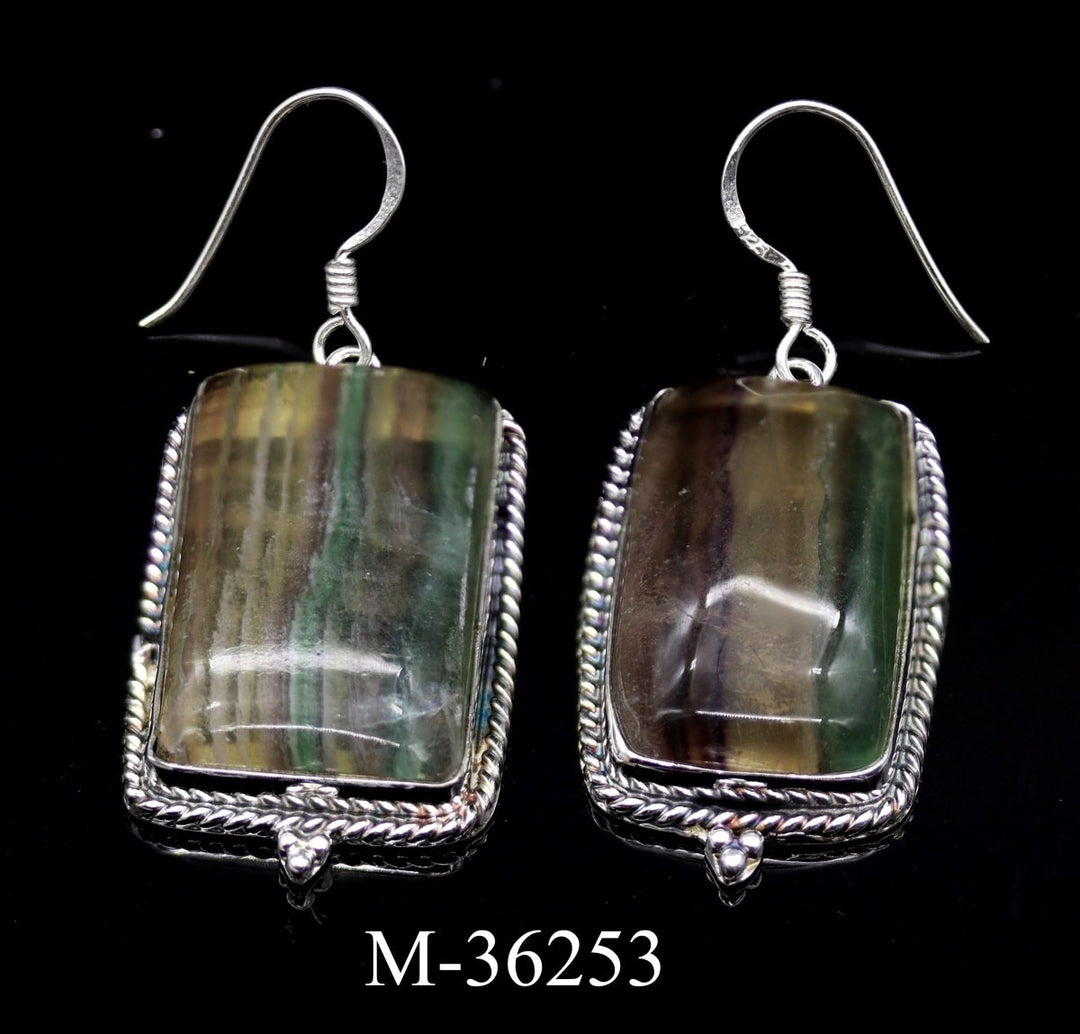
Fluorite
Fluorite is a mineral composed of calcium fluoride, with the chemical formula CaF₂. Fluorite forms in hydrothermal veins, often associated with metallic ores. It can also be found in sedimentary rocks, precipitating from hydrothermal fluids. These veins are often associated with minerals such as quartz, barite, galena, and sphalerite. Fluorite is famous for its hardness level of 4 on the Mohs scale, which makes it relatively soft compared to many other minerals. It has a glassy luster and is transparent to translucent. One of the most remarkable properties of Fluorite is its ability to fluoresce under ultraviolet light, a property that takes its name from Fluorite itself. Fluorite comes in various colors, which can be virtually any color in the rainbow. Common colors include purple, blue, green, yellow, colorless, and even black. Color zoning, which occurs when different impurities are present during crystallization, often creates beautiful multicolored specimens. Significant deposits of Fluorite are found in China, Mexico, South Africa, Spain, and the United States. In the US, Illinois is particularly famous for its deposits of Fluorite, and it was designated as the state mineral.











